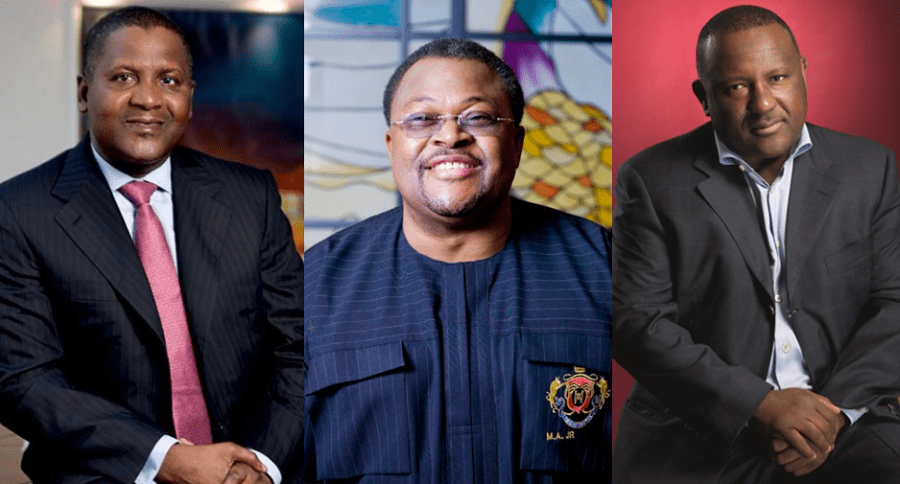Metro
Mystery bidder pays $28m for trip to space with Jeff Bezos

A mystery bidder has paid $28 million at an auction on Saturday to reserve a seat alongside Jeff Bezos on board the first crewed spaceflight of the billionaire’s company, Blue Origin for next month, AFP reports.
WUZUPNIGERIA reported that the Amazon founder revealed this week that he and his brother Mark would take seats onboard the company’s New Shepard launch vehicle slated to fly to the edge of space and back on July 20.
The Bezos brothers will be joined by the winner of Saturday’s charity auction, whose identity remains unknown, and by a fourth, as yet unnamed space tourist.
“The name of the auction winner will be released in the weeks following the auction’s conclusion,” tweeted Blue Origin following the sale.
“Then, the fourth and final crew member will be announced — stay tuned.”
Saturday’s successful bidder beat out some 20 rivals in an auction launched on May 19 and wrapped up with a 10-minute, live cast frenzy.
Bidding had reached $4.8 million by Thursday, but shot up spectacularly in the final live auction, rising by million-dollar increments.
The proceeds — aside from a six per cent auctioneer’s commission — will go to Blue Origin’s foundation, Club for the Future, which aims to inspire future generations to pursue careers in STEM — science, technology, engineering and mathematics.
Taking off from a desert in western Texas, the New Shepard trip will last 10 minutes, four of which passengers will spend above the Karman line that marks the recognized boundary between Earth’s atmosphere and space.
After lift-off, the capsule separates from its booster, then spends four minutes at an altitude exceeding 60 miles (100 kilometres), during which time those onboard experience weightlessness and can observe the curvature of Earth.
The booster lands autonomously on a pad two miles from the launch site, and the capsule floats back to the surface with three large parachutes that slow it down to about a mile per hour when it lands.
-

 News21 hours ago
News21 hours agoEnugu govt plans befitting burial for Mr Ibu, Junior Pope
-

 News22 hours ago
News22 hours agoKano police arrest suspects for disrupting inauguration of new commissioners
-

 Politics20 hours ago
Politics20 hours agoZamfara bans officials from radio, TV interviews
-

 News19 hours ago
News19 hours agoKastina police foil attack, neutralize suspected bandit
-

 News16 hours ago
News16 hours agoKenneth Okonkwo knocks CBN’s forex management amid economic struggles
-

 Crime23 hours ago
Crime23 hours agoNAPTIP arrests fake Rev Sister for trafficking 38 children
-

 News16 hours ago
News16 hours agoNavy nabs 14 criminals in Akwa Ibom
-

 Metro23 hours ago
Metro23 hours agoMan trafficks 1,040 tons of Indian hemp to Lagos


































